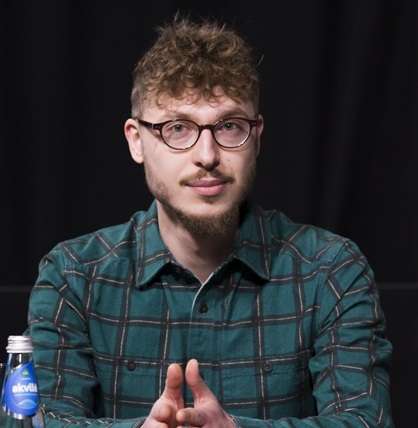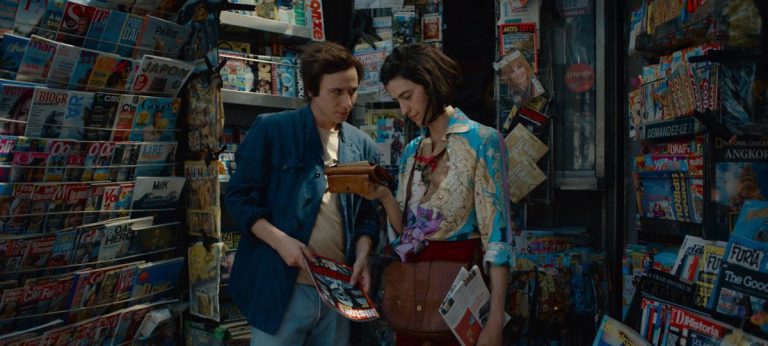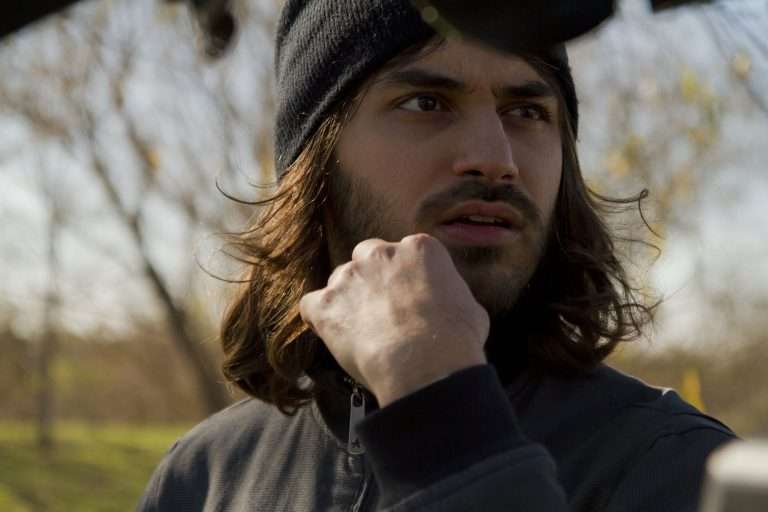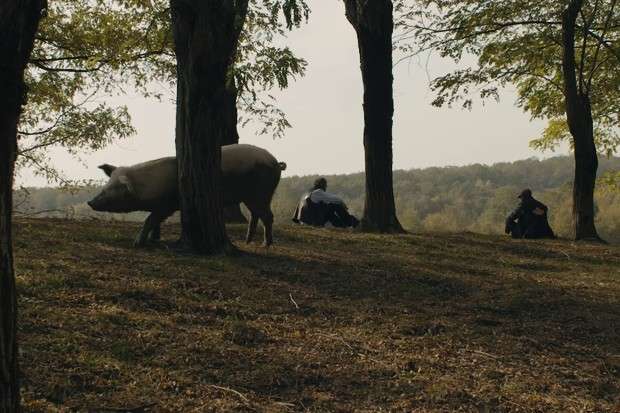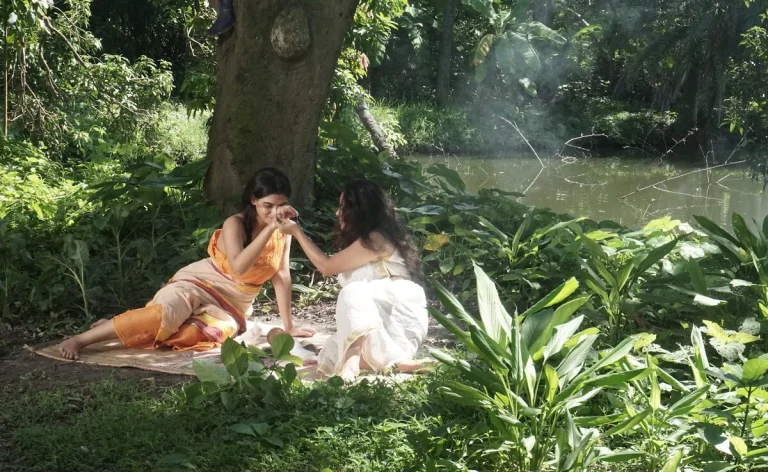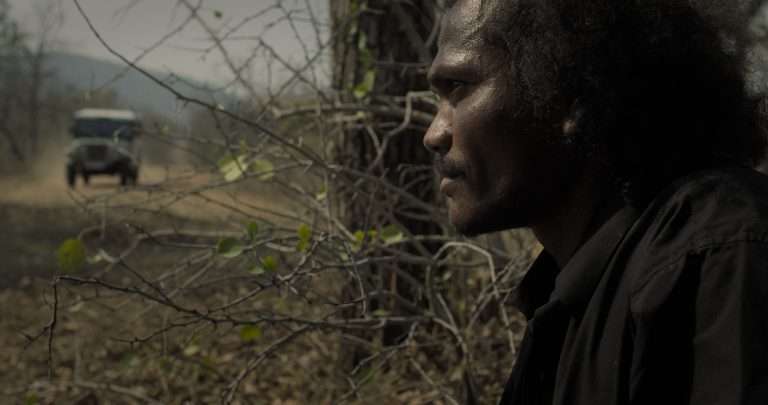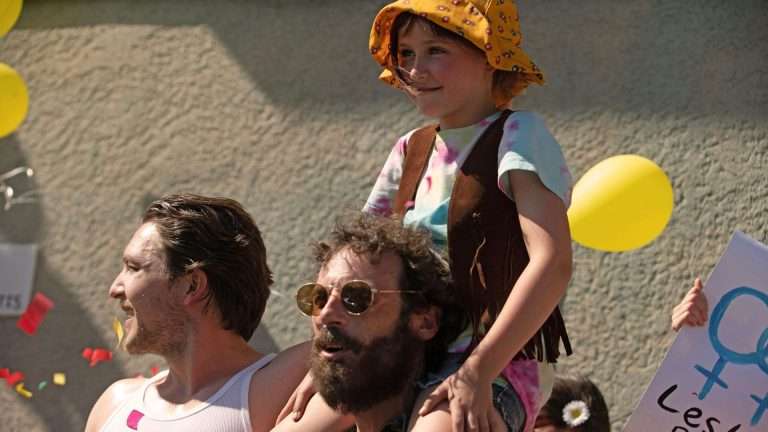Interview by Irinka Shavladze
The third edition of Kutaisi International Short Film Festival recently concluded. The short documentary “The Trip” (2022) crafted by Lithuanian filmmaker Rimantas Oičenka, received a special mention from festival’s jury. The picture was recognized for its humane exploration of an intricate historical backdrop, conveyed through beauty, poetry, and sensitivity.
“The Trip” tells a real and touching story about fisherman and his wife.
It’s Lithuania under Soviet rule, 1975. Amidst the looming presence of an industrial fishing vessel, fishermen bid farewell to their wives with kisses. They embark on a voyage to harvest fish in the distant expanses of the Atlantic. Despite the ship venturing thousands of miles from the confines of the Iron Curtain, its influence continues to cast a shadow over these men.
Here’s an interview with the director, Rimantas Oičenka.
Could you tell us a bit about yourself and share the story of how you involved in the world of filmmaking?
I didn’t get any formal film training; my studies were focused on Public Administration. I grew up in a small town without access to many movies, as we didn’t even have a movie theater. It wasn’t until I moved to Vilnius for my studies that I stumbled upon a unique old cinema dating back to the Soviet era, although, unfortunately, it’s no longer in operation. There was a remarkable guy working there, who had dropped out of school and somehow found himself managing the theater at the young age of 18. Each day, he screened classic films, ranging from Chaplin to Bertolucci, boasting a vast collection of cinematic gems. For five consecutive years, I frequently visited the theater, absorbing his profound knowledge about directors and films. This experience became my informal film education. My initial foray into filmmaking resulted in a short documentary entitled ‘Too Good for Hollywood,’ chronicling the extraordinary journey of this remarkable man.
Can you share some insights about your second short film, and what stood out as the most interesting aspect while working on “The Trip”?
As I delved into the production, I couldn’t help but notice how much I related to the main character. During filming, I went through some significant personal milestones, such as getting married and becoming a father to two daughters. These life changes mirrored the experiences of the protagonist, especially the challenges of being away from my wife due to work commitments. This personal connection brought me closer to the trip’s protagonist, Laimis, and I gained a deeper understanding of his character.
One particularly poignant moment was when my first daughter was born, and I couldn’t be there with my wife. It provided me with a firsthand perspective on the emotions and challenges that Laimis’s wife experienced. It was a powerful realization.
And here’s a strange coincidence: my first film ends with the line, “that guy has been running a cinema for 47 years,” and the second film concludes with the sentence, “Laimis and Maryte have been married for 47 years.” It’s a curious parallel that adds an intriguing layer to the story.
Throughout the extended process of working on this project, did you form a friendly bond with the central figures of the film, the husband and wife?
Yes I did, but the main challenge I faced was building a connection with wife, Maryte. She had concerns that my main focus was on Laimis and his fishing tales, but my intention was to highlight her as the main character, given the significance of her letters and emotions in the story.
In the closing scenes of the film, we witness an emotionally charged moment with Maryte shedding tears. Can we interpret this as a sign that she gradually opened up to you?
Certainly, this scene wasn’t scripted. While I had a vision for how it should unfold and discussed it with them, Maryte’s emotional reaction happened spontaneously. It was important to me that the scene didn’t come across as overly sad. Instead, I aimed to capture a range of emotions. I hope viewers can sense that Maryte’s sentiment isn’t solely sadness, but rather a reflection on the entirety of her life, encompassing both its joys and challenges.
What motivated Laimis to document his voyage? Was it a hobby or did he have aspirations to create a film?
It seems that Laimis had a genuine desire to make a film, and he succeeded in doing so. He had already edited a significant portion of the material he provided to me, which amounted to an hour-long documentary about only fishing. However, my film took a different approach, focusing on a distinct aspect of the material he shared.
Regarding the diverse visual treatment, encompassing both monochromatic and colorized sequences, did Laimis employ dissimilar cameras for these respective captures?
Laimis used the same camera for all the shots. The difference in how the images looked came from using different types of film. This was because it wasn’t easy to get hold of film at that time. So, Laimis chose carefully to make the best use of what he had. This meant he had to be efficient and take shorter shots to make sure he didn’t run out of film.
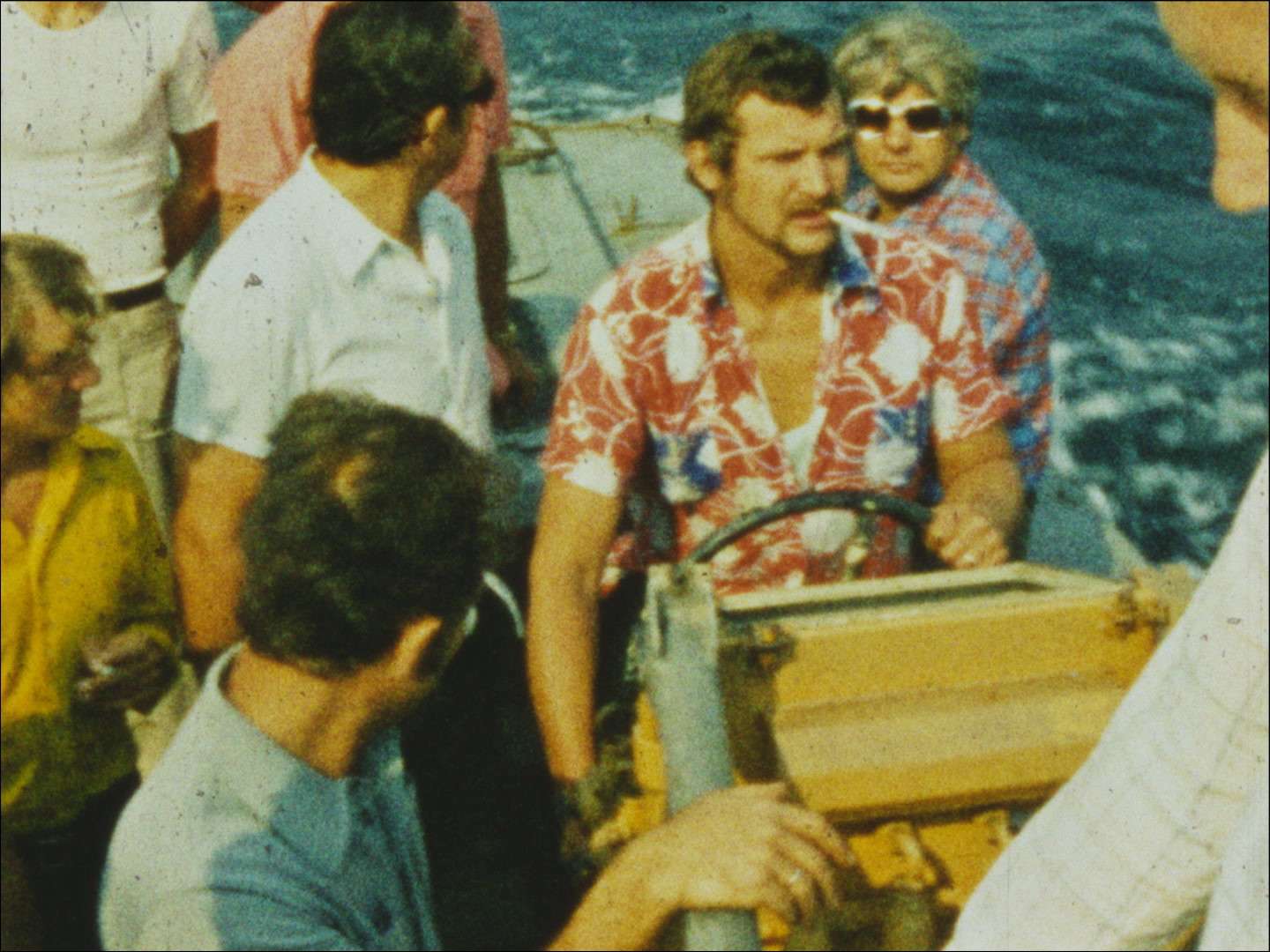
This film feels like a personal diary, it’s filled with poetry. This similarity reminds me of Jonas Mekas’ work, making me wonder if he influenced your own art.
Thank you for your questions. My wife and I named our first daughter “Meka” after the filmmaker Jonas Mekas. We’re big admirers of his creativity and poetic style. I’ve watched all of his movies, and he’s become somewhat of an idol and my favorite director.
As for future plans, can you give us a glimpse into what projects you have in mind? When can we expect your next creation?
I don’t want to rush into making a film just for the sake of it. There have been two occasions when I felt a strong urge to create a movie, and if that feeling returns in the future, I’ll know it’s time. I was really afraid of making a subpar film, which is why I spent two years editing. I wanted to find the right approach, and I didn’t want to contribute to the pool of mediocre films.


